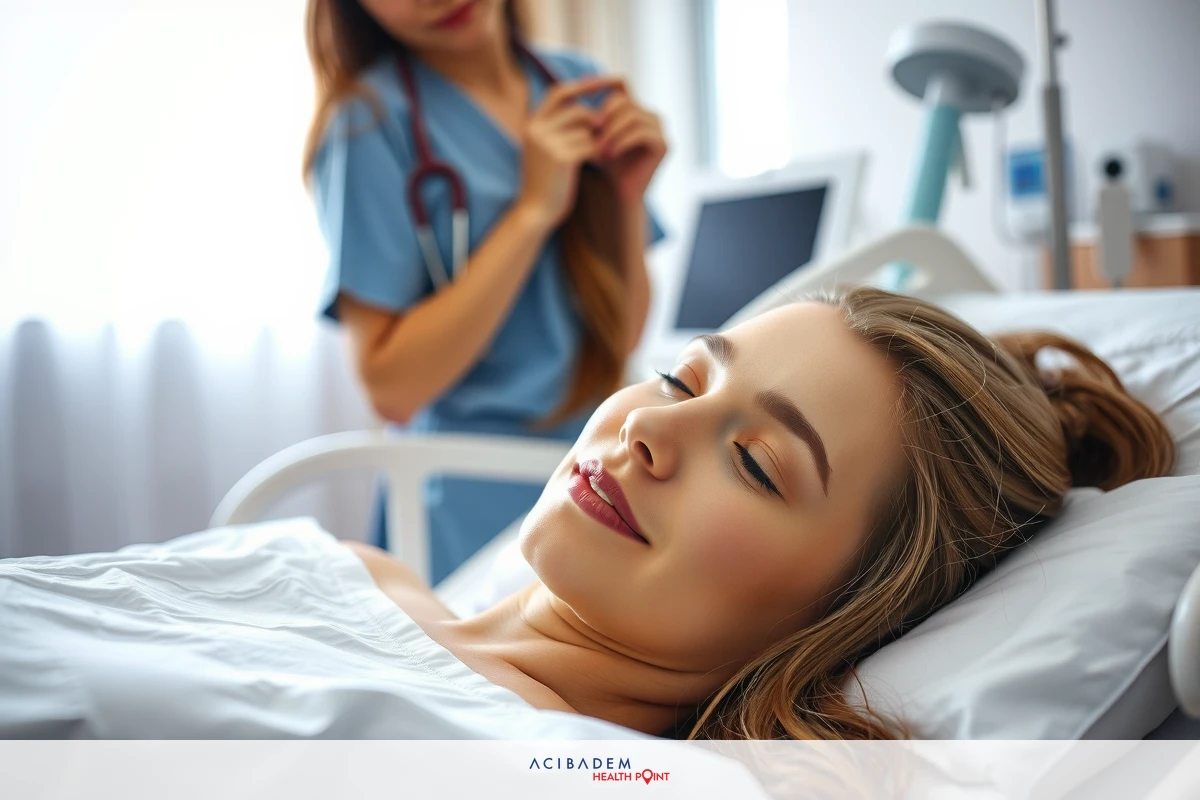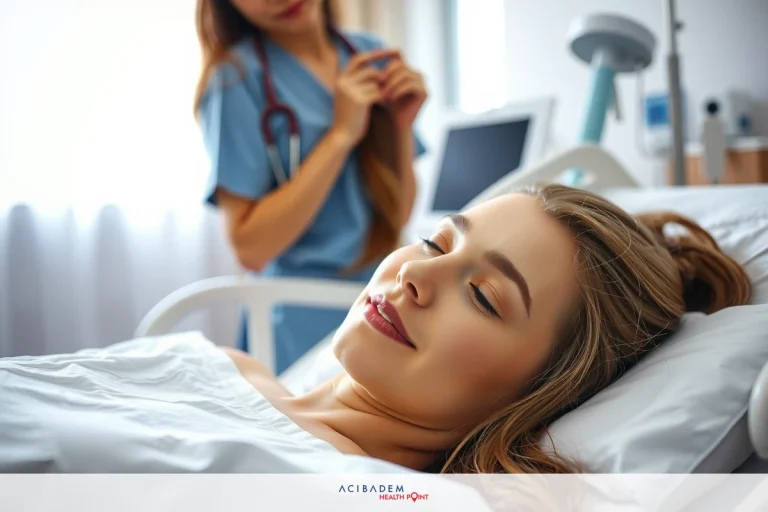Can You Wax Upper Lip After Rhinoplasty?
Can You Wax Upper Lip After Rhinoplasty? Navigating the post-operative period after rhinoplasty can be a complex journey filled with questions. One such query that often arises centers around waxing the upper lip. The skin, sensitive and recovering, requires careful handling to avoid undue stress or potential complications.
Understanding when to reintroduce waxing into your skincare routine is crucial. It’s not just about time frames; it’s also about ensuring safe practices for optimal healing outcomes. While we’re on the topic of hair removal – have you considered alternatives?
There are options available that might better suit during this delicate recovery phase.
When to Consider Waxing
Post-rhinoplasty, the face becomes a delicate landscape of healing tissues. A key query that often arises in this time revolves around waxing the upper lip – when is it safe? The answer lies not just within the realms of weeks and months but also tucked away inside subtle signs your body sends out during its recovery journey.
It’s essential to understand that rhinoplasty, while focusing on reshaping your nose, affects surrounding areas too. Your upper lip sits adjacent to this surgical site and hence may experience swelling or tenderness post-procedure. Any form of stress exerted on these sensitive regions, such as waxing, could potentially lead to complications. Therefore, rushing into hair removal might not be advisable.
Surgeons generally recommend waiting for at least three weeks before considering any form of hair removal in the vicinity of your operated nose. However, this timeline is variable and largely depends on individual healing rates; some might require longer periods before their skin feels ready for waxing again.
Remember though: Time isn’t everything! Even if you’ve passed these initial few weeks post-rhinoplasty without any significant discomfort or issues arising from your surgery doesn’t necessarily mean you’re all clear for waxing yet. Look out for signs from your body – does the skin still feel tender? Is there lingering redness or swelling?
Stop here! Don’t rush off with that pot of hot wax just yet even if all seems well externally! It’s vital to consult with a medical professional regarding resuming activities like waxing after rhinoplasty; they’re best equipped with knowledge about specifics relating to your case which can guide you safely through this decision-making process.
Each person’s path towards complete recovery varies greatly based on multiple factors including age, overall health status and how rigorously they follow post-operative care guidelines provided by their surgeon – so don’t compare timelines!
Thus we see, the question of when to consider waxing post-rhinoplasty is multifaceted. It’s a blend of timeframes, personal healing rates and medical guidance that will ultimately determine your journey back to this aspect of your skincare routine. Stay patient, stay informed and remember – safety comes first!
Tips for Safe Waxing
Embarking on your waxing journey post-rhinoplasty? It’s not just about when to start but also how to proceed safely. Navigating these waters with adequate caution can make all the difference, ensuring a comfortable experience that doesn’t jeopardize your healing process.
Below are some insightful tips that aim to guide you through this delicate period:

- Consult Your Surgeon: Before firing up the wax pot, ensure you’ve received a green signal from your surgeon – they understand your case best!
- Gentle Products: Opt for waxes designed specifically for sensitive skin; they’re generally milder and less likely to cause irritation.
- Test Patch First: Even if you’ve used the product before surgery, do a test patch as post-operative skin may react differently.
- Hydrate Your Skin: Healthy, hydrated skin tends to tolerate waxing better; so moisturize regularly!
- Avoid Sun Exposure: Sun-damaged or tanned skin is more prone to problems during waxing; keep it covered and protected.
- Don’t Rush: Take your time while removing the strip – swift actions might cause undue stress on still-healing tissues.
- Cleanse Thoroughly Post-Wax: Cleanse properly after each session to remove any remaining residue which could potentially clog pores or irritate the area.
- Soothe Afterwards: A gentle cooling agent like natural aloe vera gel can help soothe freshly-waxed areas and minimize possible inflammation.
By adhering closely to these guidelines, navigating safe upper lip care in tandem with healing from rhinoplasty becomes more manageable!
Alternative Hair Removal Methods
While waxing is a common method for tackling unwanted hair, it might not always be the best option following rhinoplasty. The healing process demands gentle care and respect, making the exploration of alternative hair removal methods worthwhile.
Here are some alternatives you may want to consider during your post-operative journey:
- Threading: This ancient technique uses twisted cotton thread to remove hair at its root; it’s less traumatic on skin compared to waxing.
- Epilators: These devices mechanically tug out multiple hairs simultaneously remember though, they can be quite painful!
- Depilatory Creams: These creams dissolve hair just beneath the skin’s surface however, do patch test first as they can irritate sensitive skin.
- Tweezing: Good old tweezers! While time-consuming, this method gives you ultimate control over which hairs get plucked.
- Laser Hair Removal: A more permanent solution – but keep in mind that this requires several sessions and isn’t suitable until your surgeon gives approval.
The key here is patience and an understanding that healing from rhinoplasty takes precedence over aesthetic concerns like upper lip hair removal. When in doubt about which route to take – consult with a professional who understands both skincare and surgical recovery aspects intimately!
Frequently Asked Questions
Q: How long should I wait before waxing my upper lip after rhinoplasty? A:
It’s generally advised to wait at least three weeks post-surgery, but it could vary based on individual healing rates. Always consult your surgeon for personalized advice.
Q: Are there any signs that indicate I shouldn’t wax yet? A: Yes! If you notice persistent redness, swelling or tenderness around the surgical site or upper lip area, hold off on waxing and discuss these symptoms with your medical professional.
Q: Can I use a depilatory cream instead of waxing? A: Depilatory creams can be an alternative to consider as they are less traumatic than waxing. However, these creams can irritate sensitive skin so always conduct a patch test first!
Q: Is threading a safe option for hair removal after rhinoplasty? A: Threading might indeed be suitable because it’s gentler on the skin compared to waxing. But remember – each method comes with its own set of considerations so always seek professional guidance!








